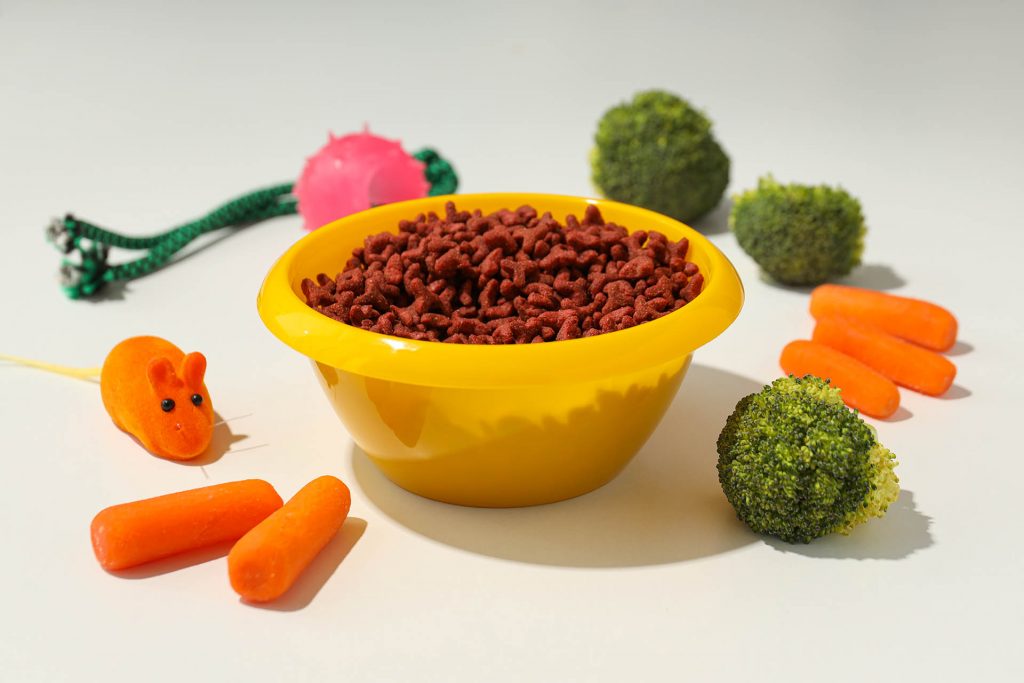Fiber has long been celebrated for its pivotal role in human health. But what about our loyal four-legged companions? Is fiber merely an afterthought in their dietary regimen, or does it hold significant benefits for our furry friends?
Once dismissed as mere filler, the nutritional significance of fiber in a dog’s diet now receives the recognition it deserves. But what exactly is fiber? Derived from carbohydrates, fiber is characterized by its low digestibility. While moderation is key, incorporating fiber into your dog’s diet can yield a plethora of health benefits.
Much like in humans, excessive fiber intake in dogs can lead to digestive issues. Therefore, it’s imperative to strike a balance and tailor your dog’s fiber intake to meet their individual needs. Consultation with a veterinarian can offer invaluable insights into optimizing your dog’s dietary fiber.
Weight management is a common concern shared by both humans and pets alike. With obesity rates on the rise among companion animals, fiber emerges as a powerful ally in the battle against the bulge.
Acting as a natural appetite suppressant, fiber helps keep your dog feeling full and satisfied without the need for excess calories. It’s not a magic bullet for weight loss, but when combined with portion control, fiber can play a pivotal role in achieving and maintaining a healthy weight for your pet.
As our canine companions age, they become increasingly susceptible to gastrointestinal issues such as constipation. Elevated fiber levels in senior dog diets can mitigate these concerns by promoting regularity and facilitating smoother bowel movements. By absorbing water and increasing bulk in the intestine, fiber acts as a natural regulator, ensuring the smooth passage of waste through the digestive tract.
But fiber’s benefits extend beyond mere digestive health. Recent studies suggest that a modest increase in dietary fiber may aid in the management of diabetes mellitus in dogs. By slowing the absorption of sugar from the intestine, fiber helps regulate blood sugar levels, offering a potential boon for diabetic pets.
However, exercising caution and moderation is crucial when incorporating fiber into your dog’s diet. Excessive fiber intake can lead to adverse health effects, underscoring the importance of selecting high-quality dog food from reputable sources. Keep a keen eye out for fiber sources such as beet pulp, soybean hulls, and rice bran, ensuring that your pet receives the optimal balance of nutrients.
Fiber is far more than mere filler in your dog’s diet—it’s a cornerstone of canine health and vitality. By harnessing the power of fiber in moderation and under the guidance of a veterinarian, you can unlock a world of benefits for your beloved pet. So, next time you’re pondering your dog’s diet, remember the transformative potential of fiber—it’s the secret ingredient to a happier, healthier canine companion.
The top sources of fiber for dogs include:
- Vegetables: Examples include pumpkin, sweet potatoes, carrots, green beans, and peas.
- Fruits: Apples (without seeds), bananas, and berries are good options.
- Grains: Brown rice, oats, barley, and quinoa provide fiber.
- Legumes: Lentils, chickpeas, and beans (such as black beans or kidney beans) offer fiber and protein.
- Psyllium Husk: This soluble fiber supplement can be added to a dog’s diet to promote regular bowel movements.
- Flaxseeds: Ground flaxseeds are a good source of fiber and also provide omega-3 fatty acids.
- Chia Seeds: These tiny seeds are high in fiber and can be added to a dog’s food.
- Pumpkin Puree: Canned pumpkin (without added sugar or spices) is often used to add fiber to a dog’s diet and can help with digestive issues like diarrhea or constipation.
- Coconut: Coconut fiber is another option that can be added to a dog’s diet for its fiber content.
- Commercial Dog Foods: Some high-quality commercial dog foods are formulated with added fiber from sources like beet pulp, rice bran, or cellulose.
It’s important to introduce new sources of fiber gradually into a dog’s diet and to monitor their response, as sudden changes in fiber intake can sometimes lead to gastrointestinal upset. Always consult with a veterinarian before making significant changes to your dog’s diet or introducing new foods or supplements.



